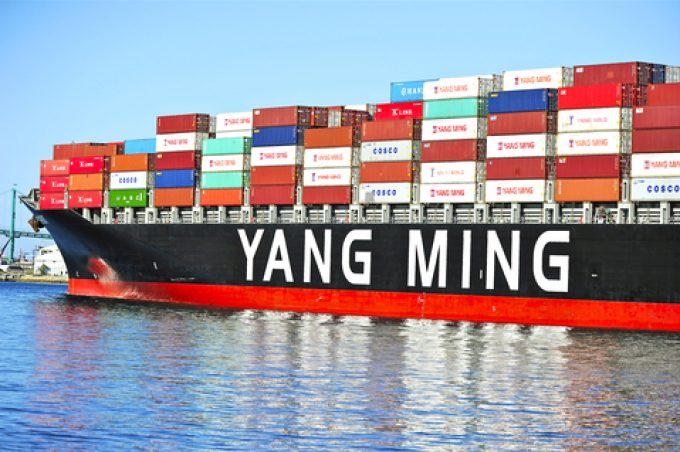Transpac GRIs fail to prop up under-pressure container spot freight rates
It was a relatively flat week for pricing on the major deepsea box shipping trades, ...

Mid-sized ocean carriers are losing money and the outlook is particularly bleak for the smaller lines, obliging them to consider radical network restructuring.
Yang Ming posted a net loss of $4m for the second quarter, from revenue of $1.15bn, to take the Taiwanese carrier’s profit at ...

Comment on this article